The best way to attract monarch butterflies to your garden, flowerbeds and landscape is by planting the plants they love most. And not only will those plants have your yard full of Monarchs – it will also have it bursting with color!
Monarchs are certainly one of the most beautiful and interesting species of all butterflies to grace the planet. Their distinct orange and black color pattern makes them stand out wherever they fly – and they can certainly fly far and long!
Monarch butterflies can travel up to 100 miles daily, which is pretty amazing for such a lightweight creature. In fact, it’s hard to believe that the average Monarch weighs in at about just half the weight of an average 1 gram thumb tack!
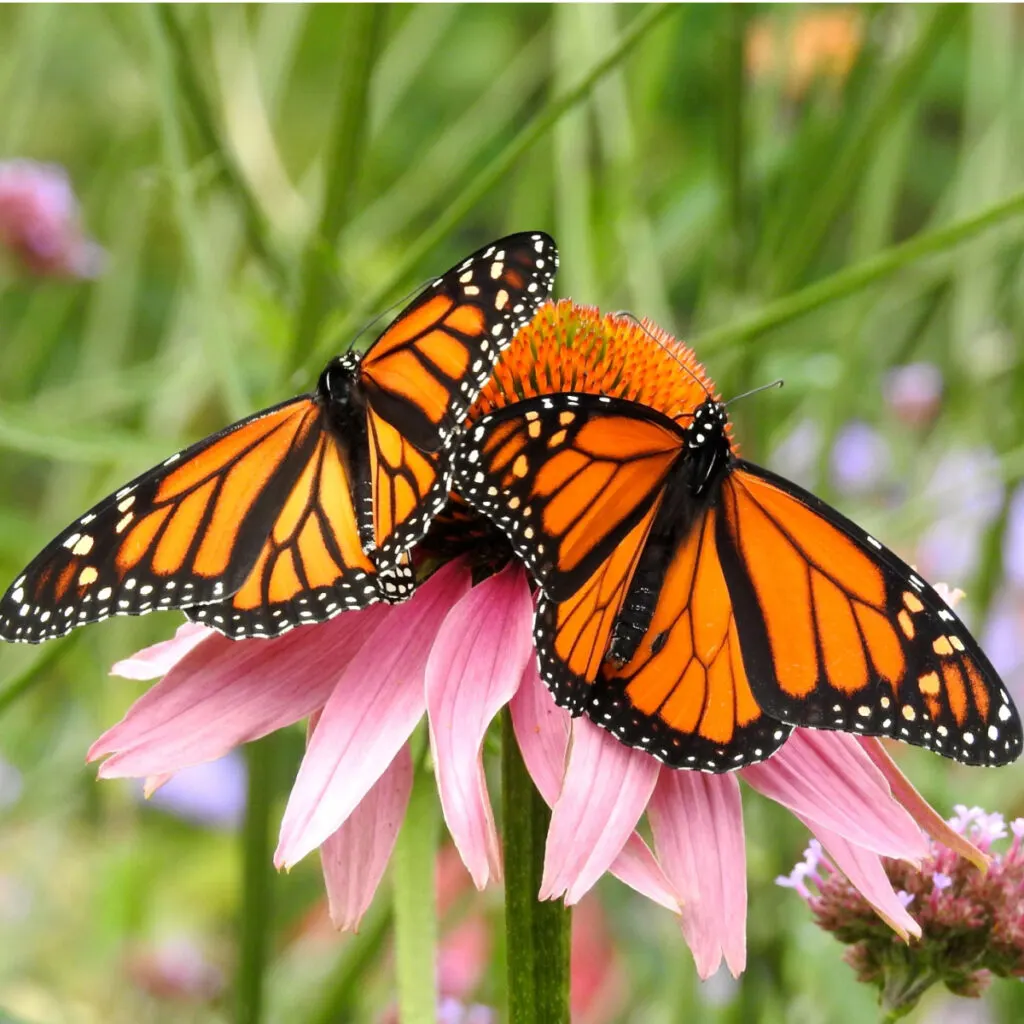
The reason they travel so far is because of how they migrate from North to South America and back to stay in the perfect weather climate for their survival. They are actually the only species of butterflies to mimic the 2 way migration of birds.
They do this because they can’t overwinter in cold climates – but love to feed on the nectar and food sources that the cold climates have during the summer. And that is exactly why providing them with food sources as they pass through is critical to help them survive – and more importantly – reproduce!
How To Attract Monarch Butterflies
Beyond their beauty, attracting Monarchs is also beneficial for gardeners because of the butterflies pollination skills. Because they are heavy feeders, they visit hundreds of plants each day, and as they do, help pollinate them in the process.
The real secret to bringing these amazing flying creatures into your landscape is to provide them with the plants they love most. And with that in mind, here are 10 excellent flowers to plant that will do just that!
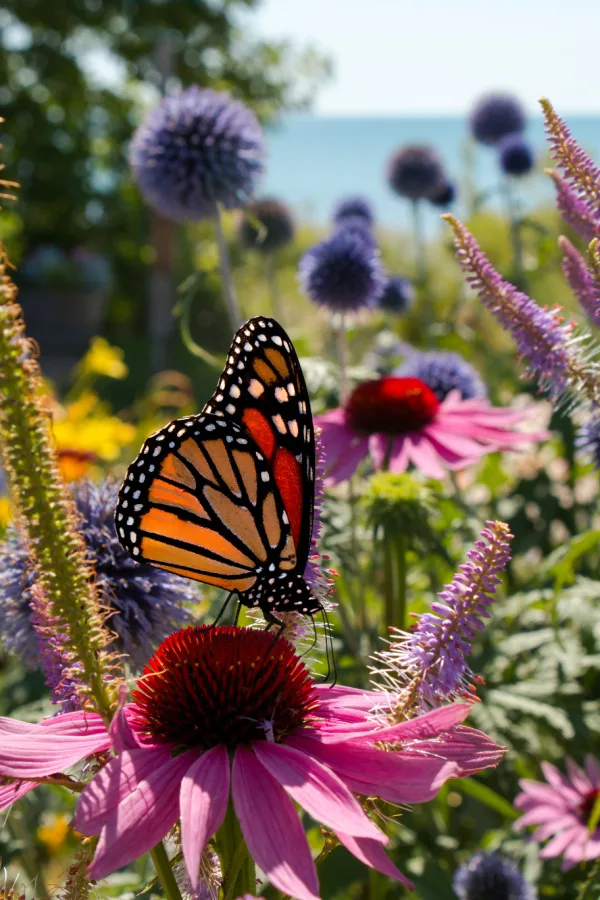
10 Plants That Will Attract Monarch Butterflies
1. Coneflower
Coneflower, especially purple coneflower, is an excellent option to attract monarch butterflies. Its large shape and vibrant colors attract butterflies during migration. It also has large amounts of nectar and pollen that the butterflies love.
Coneflower is really a super plant when it comes to planting into the landscape. Not only will it attract Monarchs, but it attracts bees, other butterfly species and even birds – all of whom can help grow more flowers. It also happens to be deer and drought resistant too!
2. Lavender
Lavender is another super plant when it comes to the best plants to grow in your flowerbeds and gardens. For Monarchs, they are attracted to both the sweet nectar of lavender and the bright purple flower stalks.
All lavender species are great for attracting the butterflies, but French lavender is the best. The dark violet-blue color makes them even more attractive than the other variants. Affiliate Product Link : French Lavender Plants

Lavender has all kinds of additional benefits for your yard. It is both drought and deer resistant. It also repels a long list of pest and insects that can be problematic. Even better – it’s easy to plant and grow! See: How To Grow Lavender – The Blooming Perennial Pollinators Love
3. Lantana
As a big flowering annual – lantana can offer instant food sources to migrating monarchs in search of a meal. Although technically a perennial, lantana grows as an annual in climates with cooler winters. But can it ever produce a constant flush of blooms that Monarch butterflies love!
Lantana can be planted directly into flower beds for big annual color, or used in hanging baskets and containers. The bright, multi-colored blooms of the plant will bring in all kinds of additional pollinators too.
It is the perfect plant for those who might not have large spaces but still want to help attract Monarch butterflies.
4. Milkweed
Milkweed is a huge plant for Monarchs – and for several reasons. First and foremost, they absolutely love the plant as a food source. But they also look to lay their eggs on milkweed because the young larva (caterpillars) use milkweed as their prime food source.
Monarchs lay their eggs on the plant so that the young caterpillars will have an instant source of food. And when it comes to eating milkweed leaves, the caterpillars devour them!
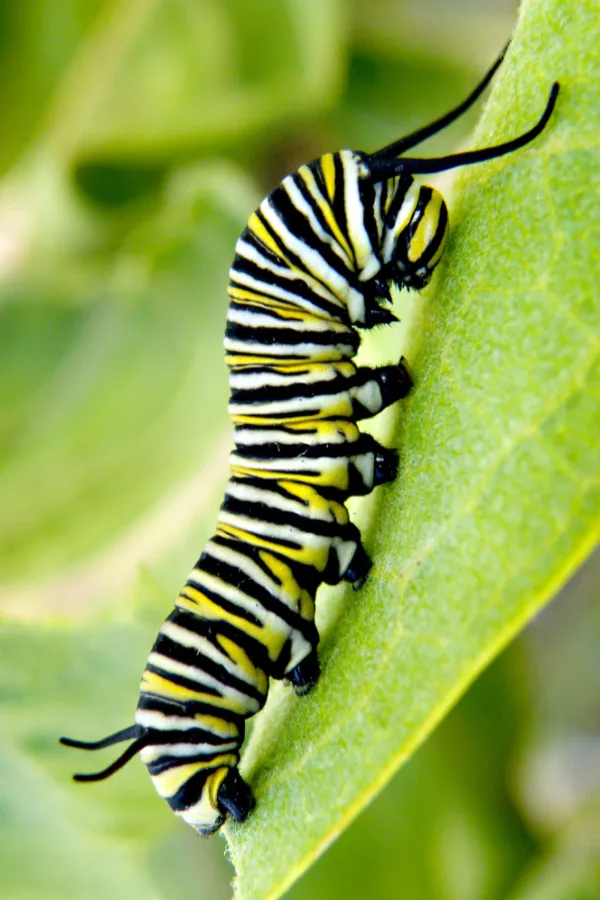
5. Verbena
The beautiful purple flowers of verbena are great for not only attracting Monarch butterflies, but also hummingbirds and other beneficial birds to your landscape. Their sweet scent and ample quantity of nectar will attract Monarchs to them in large numbers.
Verbena is also drought and deer resistant, making it another excellent choice for those looking to water less and not worry about providing lunch and dinner for deer!
6. Sunflowers
Every single species of butterflies are attracted to sunflowers, including Monarchs! Sunflowers have an open flower head which makes it easy for butterflies to feed. Additionally, the bright colors of the large flower head make them easy to spot.
Best of all, sunflower are easy and inexpensive to plant from seed and bring in all kinds of pollinators to help your vegetable and flower gardens produce better than ever. Product Affiliate Link : Sunflower Seed Assortment Pack
7. Asters
Numerous flowers attract monarchs during early summer – but asters provide you with a unique food source for Monarchs that are still around in the fall. Late-blooming asters ensure that monarchs have adequate food before or on their journey to South America.
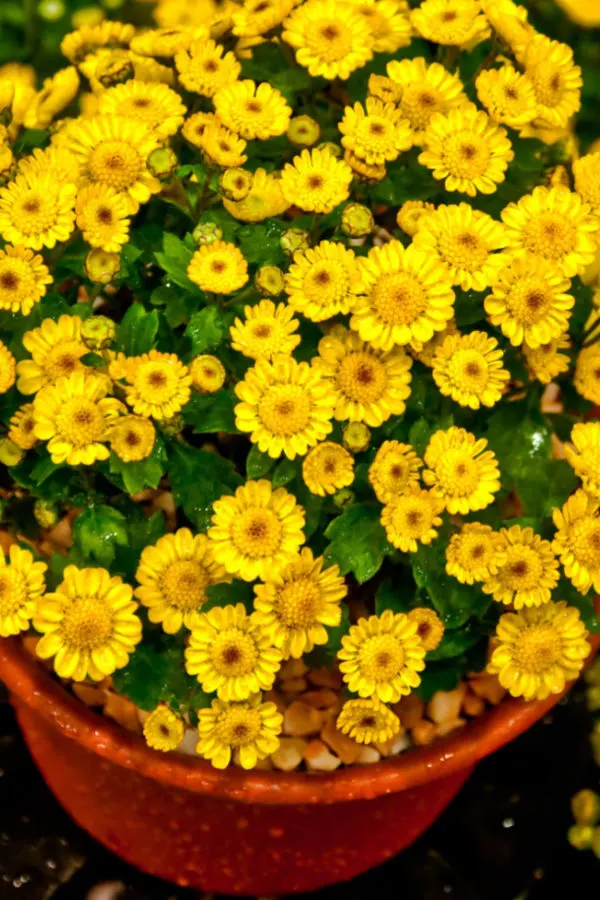
8. Coreopsis
Coreopsis is known for attracting monarch butterflies as well as many additional seed-eating insects and birds. Another deer and drought resistant plant, it is wonderful for keeping a landscape that is low maintenance and easy to maintain!
When planting coreopsis, make sure you place in an area that receives at least 8 hours of daily sun. Well-drained soil is best for these perennials but they can grow in most soils and do not require much in the way of fertilizer to stay healthy.
9. Cosmos
Cosmos are native to the daisy species, and can they ever bring big blooms and color to your yard! Multiple tubular flowers in every plant and ample nectar in every flower ensure plenty of nectar for Monarchs.
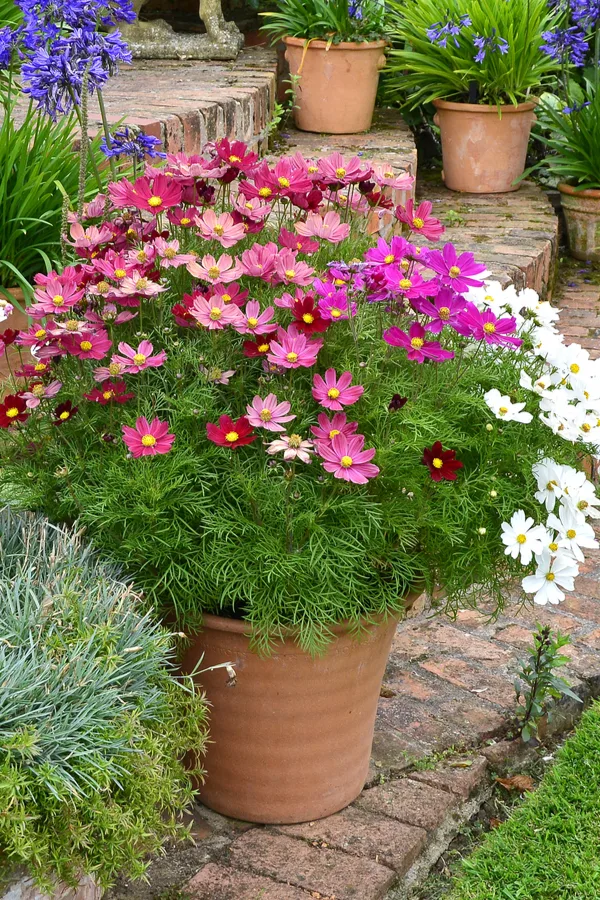
Cosmos are an annual flower that are extremely easy to grow from seed. Even better, they require little in-season maintenance and can handle less than ideal water conditions. They are great for planting along fence lines or as a border anywhere that gets at least six to eight hours of daily sunlight.
10. Butterfly bush
When it comes to attracting butterflies, bees and even hummingbirds, the butterfly bush is a big winner! With tons of available nectar, Monarch butterflies will come to the butterfly bush in droves.
Before planting butterfly bushes, it is important to check with your local extension office to see if it is considered invasive in your area. In some locations the plant can simply take over and it is best to use other plants instead for attracting Monarchs.
Helping Monarchs – 10 Plants The Attract Monarch Butterflies
Here is to attracting Monarch butterflies this year with plants and helping the migrating winged creatures survive.
The population of monarch butterflies is reducing due to the high use of herbicides and insecticides in gardens and fields. Moreover, with the planting of milkweed decreasing, their staple food is also dwindling in supply, further reducing their population. So let’s all help them out!
Follow Our Facebook Page For Great Gardening Tips And Advice! This Is My Garden Facebook Page
This Is My Garden is a garden website created by gardeners, for gardeners. Jim and Mary Competti have been writing gardening, DIY and recipe articles and books and speaking for over 15 years from their 46 acre Ohio farm. They publish three articles every week, 52 weeks a year. Sign up today to follow via email, or follow along!

